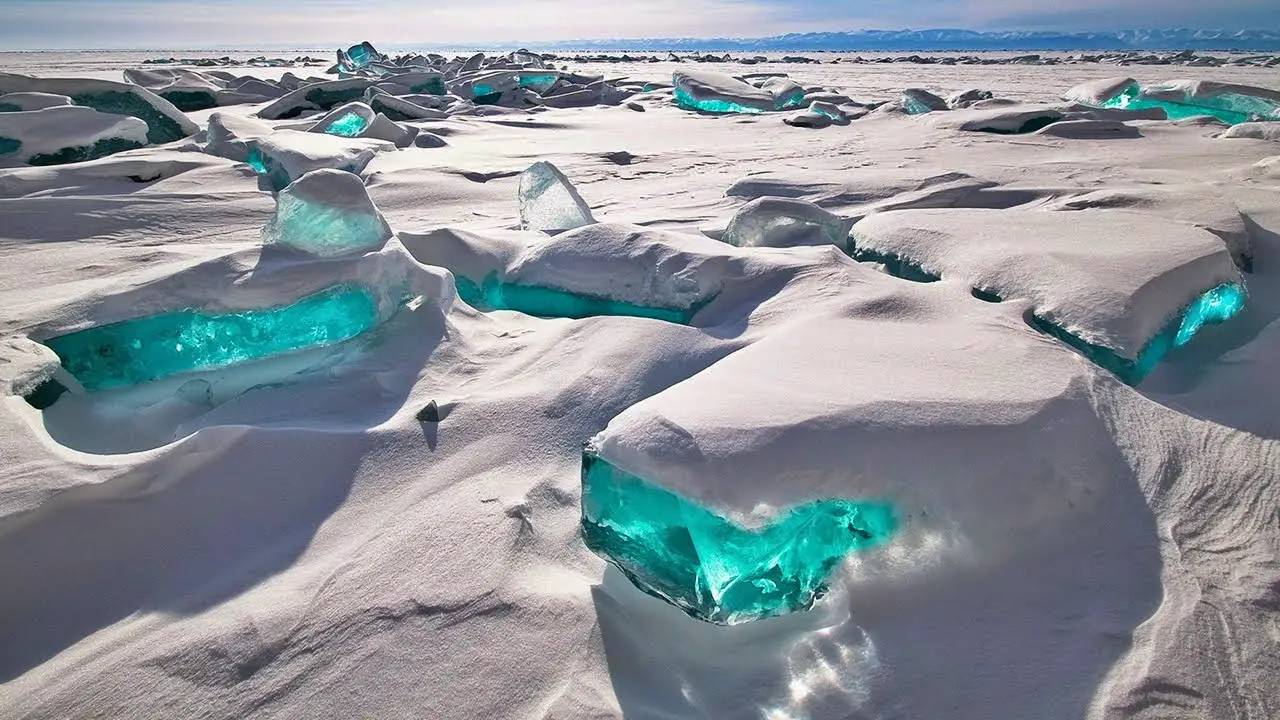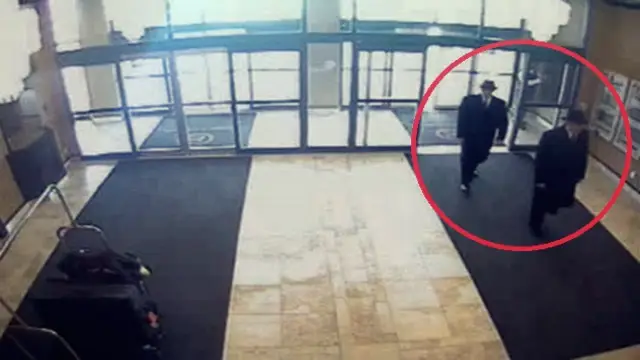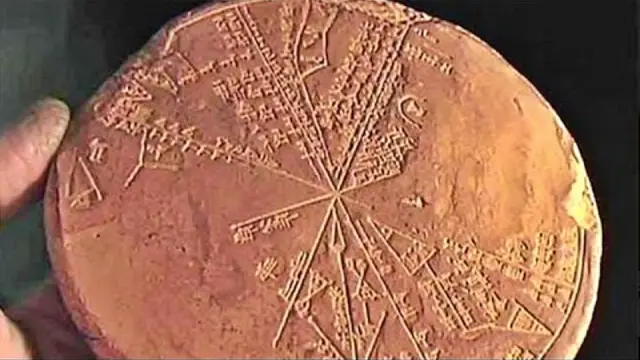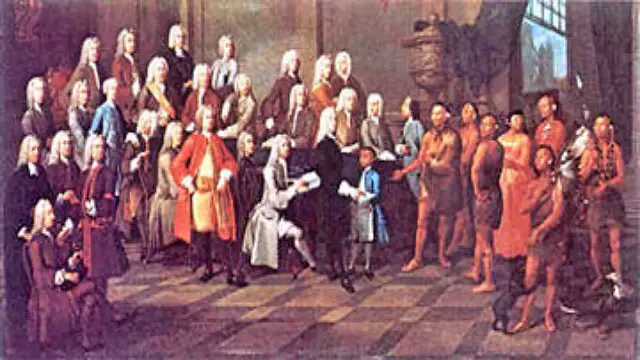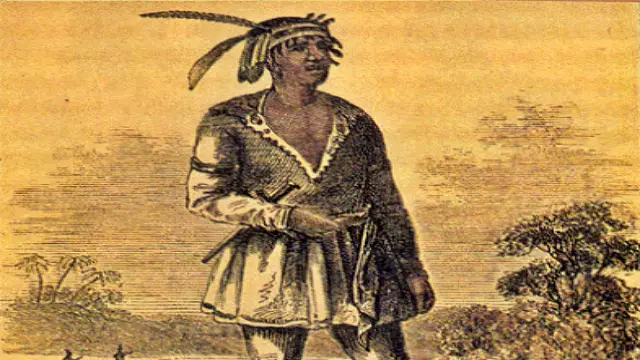nThenfamous Japanese folding-paper art of origami got its start innthe1600s (or earlier) and became popular worldwide by the mid-1900s.nNote that origami traditionally doesn’t include any cutting orngluing—that would be kirigami. Origami is just folding.
n
n
n

 Evennthough there are only a few basic origami folds, theyncan be combined to make all manner of things, from birds and flowers,nto dragons and dinosaurs and elephants and castles and steamships and even starships!
Evennthough there are only a few basic origami folds, theyncan be combined to make all manner of things, from birds and flowers,nto dragons and dinosaurs and elephants and castles and steamships and even starships!n
n
- n
-
nTheren are lots of origami projects to try on the Origami Clubn website, which offers animations and traditional folding diagrams.
n
n
n
- n
-
nOncen I went to see Manzanar, which was a Japanese-American internmentn camp during World War II, and I was amazed to see the hundreds orn thousands of colorful origami cranes that had been threaded togethern to make long decorative chains that draped the gravestones. Theren have been many people, including artists, who have been touched byn the story of Sadako and the 1000 Paper Cranes,n and long chains made of origami cranes can be seen on othern memorials and cemeteries and in museum displays. Check out this gatheringn of artists’ versions of the thousand-crane theme.
n
nn
n
- Somen people create amazing art pieces by just folding paper! Check out:
- this crazy origami website and
- this other amazing origami website,
- this You Tube slideshow,n and
- this time-lapse video.
 n
n
n
n
n
n
n
n
n
n(In learned a lot from watching the time-lapse video. Of course, I didn NOT learn how to fold an origami scorpion! (Way out of my league!) But I did learn that then artist used painted aluminum foil rather than ordinary paper, thatn he did a WHOLE lot of pre-folding to make creases before he startedn the actual folding, and that the scorpion took 3 HOURS to fold!n Yikes!)
n
n
n
n
n
n
n
n
n
n
n
n
n
n
n
n
n
n
n
n
n
n
n
n
n
nAnniversary of a record-breaking balloon ride
n
n
n
n
























